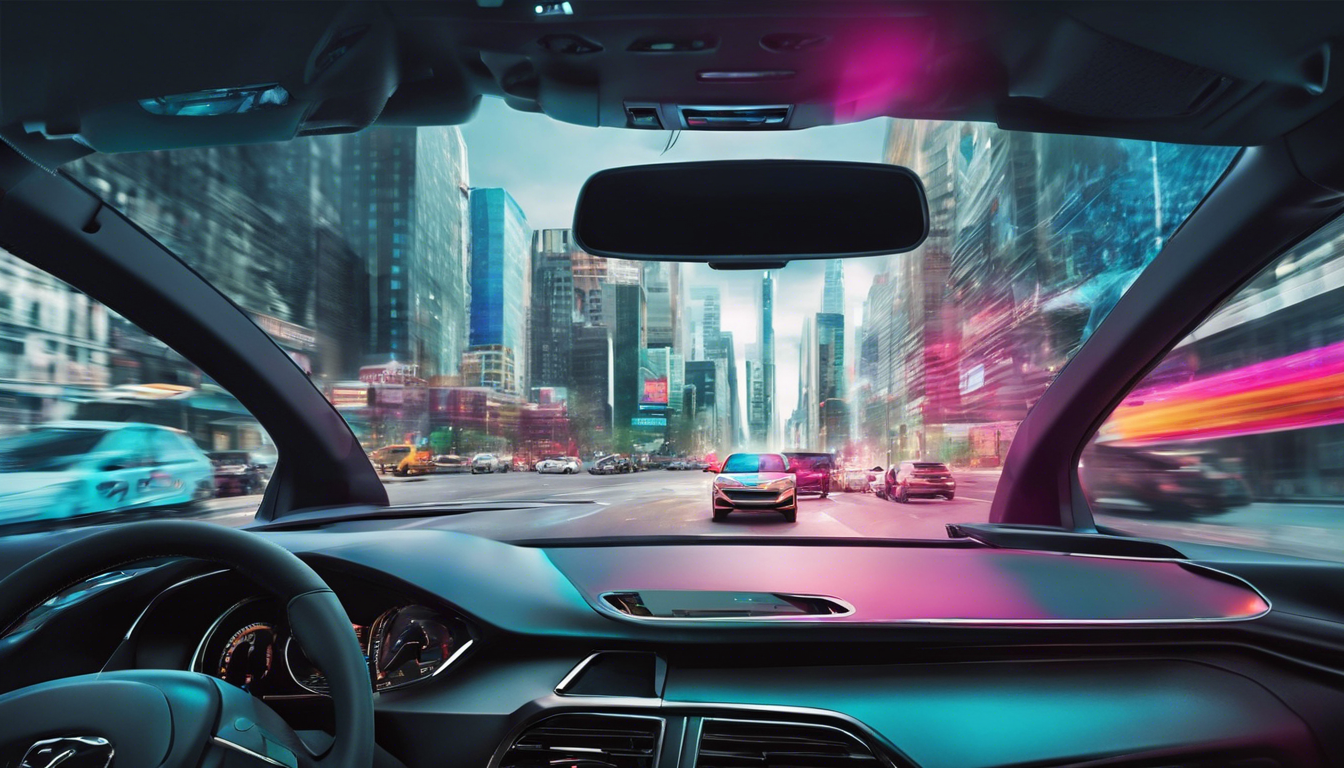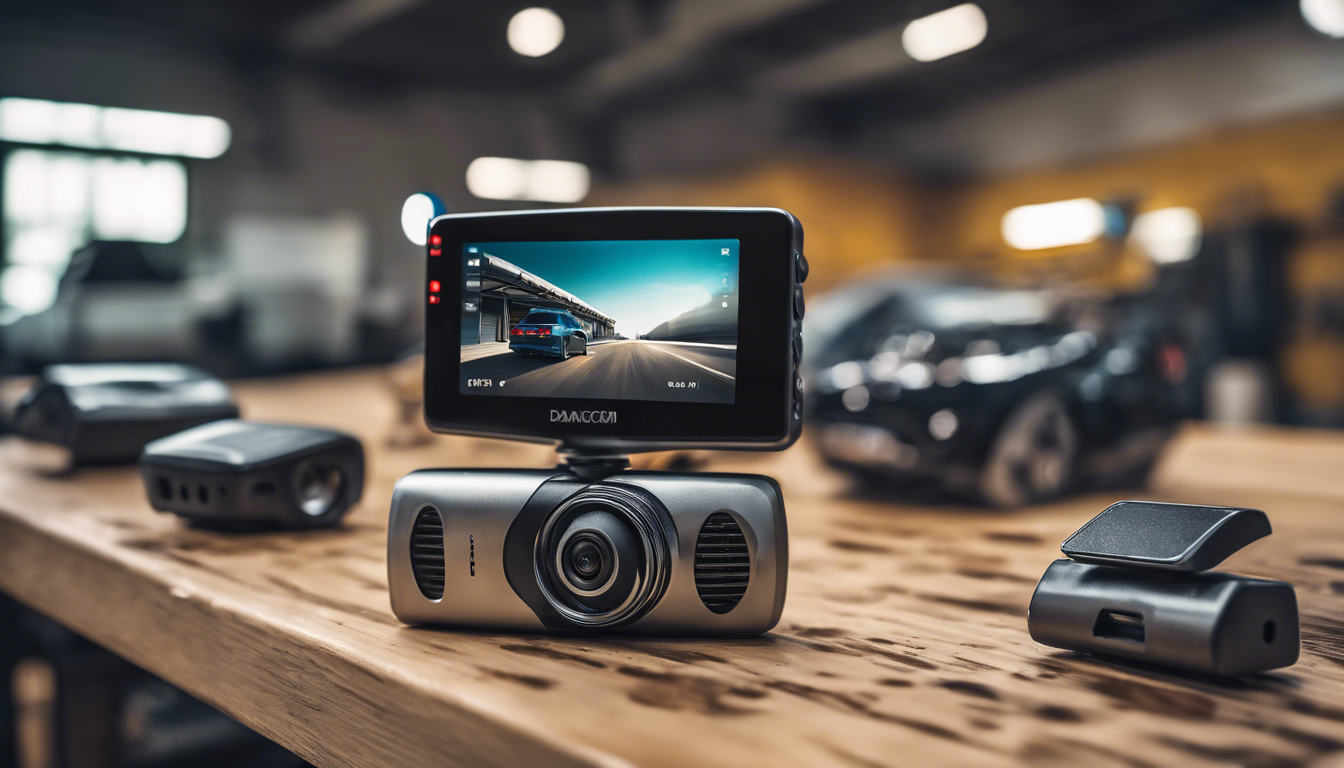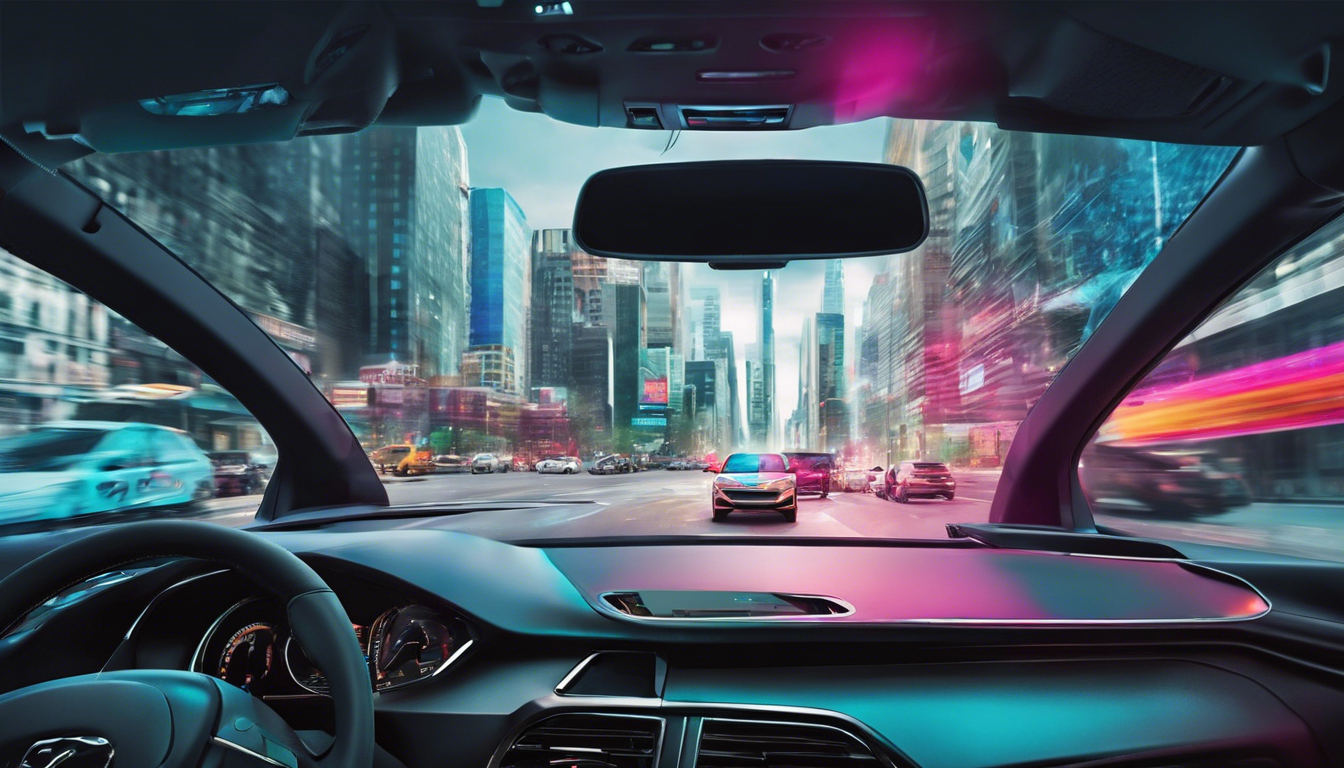In today’s fast-paced world, ensuring safety on the road has become more crucial than ever. As automobile technology advances, one of the most significant innovations that enhance road safety is the dashcam. This compact device captures everything that happens in front of—or even behind—your vehicle, providing motorists with invaluable evidence in case of accidents, theft, or road incidents. In this ultimate guide to dashcams, we will explore how these devices contribute to safety through dashcams, helping drivers not only to protect themselves but also to foster a culture of accountability on the roads. From choosing the right model to understanding associated legal implications, this article aims to equip you with comprehensive insights into maximizing the benefits of dashcams for enhanced road safety.

Key Takeaways about safety through dashcams
- Dashcams provide crucial evidence in accidents, enhancing road safety.
- Choosing the right dashcam involves assessing your specific needs and vehicle type.
- Key features such as video quality and storage capacity are essential for effective usage.
- Be aware of legal implications and privacy laws when using dashcams in your area.
- Adopting best practices can maximize the effectiveness of your dashcam in promoting safety.
Introduction to Dashcams and Road Safety
In recent years, the proliferation of technology has significantly enhanced road safety, one notable example being the adoption of dashcams. These compact cameras, mounted on vehicles, are designed to continuously record the view through the front windscreen and, in some cases, the rear and interior as well. As accidents can happen in the blink of an eye, having a dashcam can provide vital evidence of events leading up to a collision. This contributes not only to protecting drivers against false claims but also promotes a culture of accountability on the road. Ultimately, the integration of these devices underscores the critical role safety through dashcams plays in modern driving, ensuring that both legal protection and peace of mind are within reach for every motorist.
How Dashcams Contribute to Safety on the Road
Dashcams have emerged as essential devices for drivers seeking enhanced safety through dashcams technology. These compact cameras, mounted on vehicle windshields, provide a real-time visual record of the road, making them invaluable tools for promoting safety on the road. By capturing interactions with other vehicles, pedestrians, and road conditions, dashcams serve as eyewitnesses in the event of accidents or disputes. This evidence can be crucial for insurance claims and legal proceedings, often leading to quicker resolutions and minimizing fraudulent claims. Furthermore, the mere presence of a dashcam can deter reckless driving behaviors, as drivers may be more cautious knowing their actions are being recorded. In summary, adopting safety through dashcams not only protects drivers but also contributes to a more responsible driving culture, ultimately making the roads safer for everyone.
‘Safety isn’t a gadget, it’s a state of mind.’ – Eleanor Everet

Choosing the Right Dashcam for Your Vehicle
When it comes to ensuring safety through dashcams, choosing the right model for your vehicle is crucial. Modern dashcams come equipped with various features that can enhance your driving experience and provide peace of mind on the road. Key considerations include video quality, which should ideally be Full HD or higher for clear footage, and storage capabilities, as a larger memory card extends recording time. Additionally, features like night vision, GPS tracking, and loop recording can make a significant difference. Investing in a reliable dashcam not only helps capture crucial evidence in case of accidents, but also acts as a deterrent against reckless behavior from other drivers, ultimately contributing to your overall safety through dashcams.
Key Features to Look for in a Dashcam
When considering the purchase of a dashcam, it’s essential to focus on the key features that enhance safety through dashcams. High-definition video quality is paramount, as it ensures clear footage of any incidents that may occur on the road, providing vital evidence in case of an accident. Look for models that offer wide-angle lenses for comprehensive coverage of your surroundings. Additionally, features like night vision capability are crucial for capturing incidents that happen in low-light conditions. Another important aspect is the built-in GPS, which can track the location and speed of your vehicle, often proving beneficial for insurance claims. Regular loop recording helps ensure that you don’t miss any critical moments, while g-sensor technology automatically saves footage during sudden impacts. Last but not least, consider dashcams that include mobile app connectivity for real-time access and control, making it easier than ever to manage your recorded safety through dashcams.

Legal Implications and Privacy Considerations
In recent years, the use of dashcams has surged in popularity, primarily attributed to their role in enhancing safety through dashcams during driving. However, with the rise of this technology comes a myriad of legal implications and privacy considerations that cannot be overlooked. Dashcams can serve as invaluable tools in documenting accidents and providing evidence in disputes, offering peace of mind to drivers. Nevertheless, the recording of individuals without their consent can raise ethical questions and potential legal ramifications. Jurisdictions vary in their laws regarding audio and video recording; for example, some states adhere to strict consent laws, while others allow for recordings as long as they are made in public spaces. Thus, users should remain informed about local regulations to ensure compliance.
Furthermore, privacy concerns arise when dashcam footage is shared online or used inappropriately. To mitigate these risks, drivers should consider implementing appropriate usage policies, such as disabling audio recording or ensuring that sensitive footage is securely stored and shared only when necessary, thereby balancing the safety that dashcams provide with the respect for individual privacy rights.
Best Practices for Using Dashcams Effectively
In today’s world, ensuring safety through dashcams has become increasingly vital for drivers. To maximize the effectiveness of your dashcam, it’s essential to follow some best practices. Firstly, position your dashcam properly—mount it behind the rearview mirror and ensure it has a clear view of the road ahead. This not only captures crucial footage but also minimizes distractions while driving. Regularly check and maintain your dashcam to ensure it’s in good working order; replace memory cards as needed to avoid overwriting important footage. Additionally, familiarize yourself with the device’s features, such as loop recording and G-sensor activation, which can enhance your safety during unexpected events. Finally, respecting privacy laws is crucial—understand the regulations regarding recording in your area. By implementing these best practices, you can significantly enhance your vehicle’s safety through dashcams.
Frequently Asked Questions
What is a dashcam and how does it enhance road safety?
A dashcam is a small camera mounted on your vehicle’s dashboard or windshield that records video footage of your driving. It enhances road safety by providing evidence in case of accidents, helping to resolve disputes, and deterring reckless behavior by capturing real-time incidents.
What features should I look for when choosing a dashcam?
When choosing a dashcam, consider features such as video resolution (preferably 1080p or higher), wide-angle lens for a broader field of view, night vision capability, loop recording, G-sensor for automatic recording upon impact, and GPS tracking for location data.
Are there any legal issues I should be aware of when using a dashcam?
Yes, legal implications can vary by location. It’s important to be aware of laws regarding recording conversations and privacy, as well as regulations on mounting devices in your vehicle. Always check your local laws to ensure compliance.
How can I use my dashcam effectively to ensure road safety?
To use your dashcam effectively, regularly check and maintain its functionality, ensure proper placement for an unobstructed view, and familiarize yourself with the device’s features. Also, review footage periodically and share relevant recordings in case of accidents.
What are the best practices for mounting and operating a dashcam?
Best practices include mounting the dashcam securely to avoid obstruction of your view, using a high-quality mount for stability, and positioning it to capture important areas such as the windshield and side mirrors.
